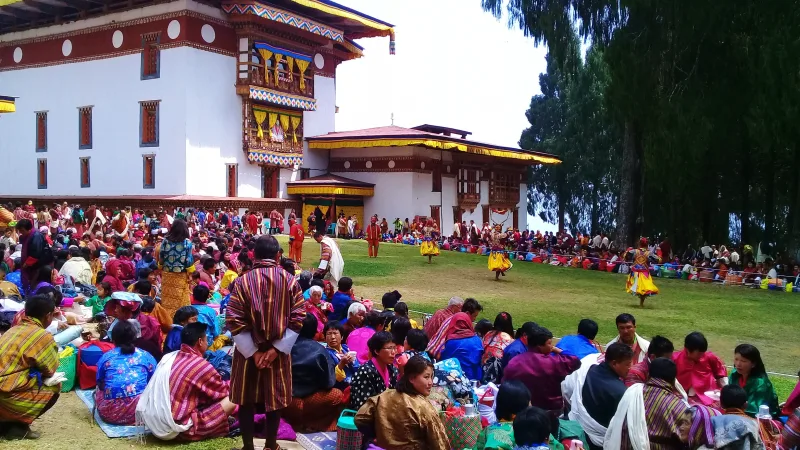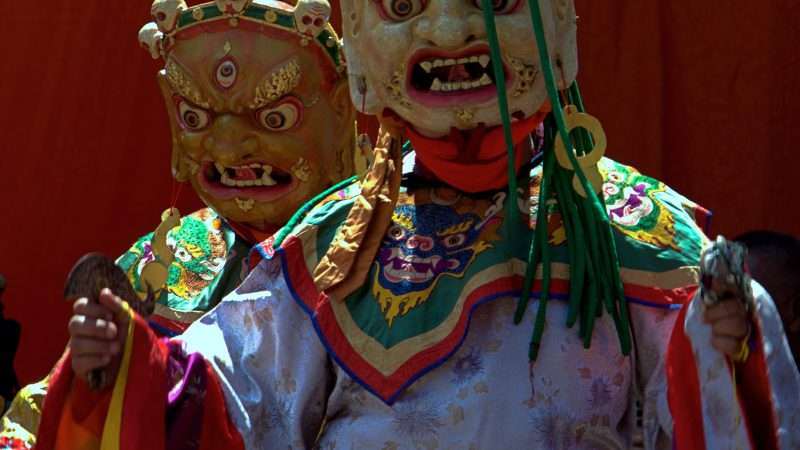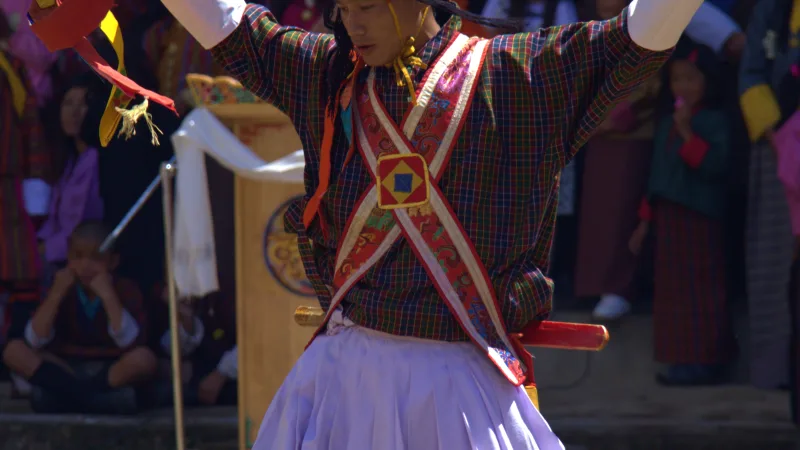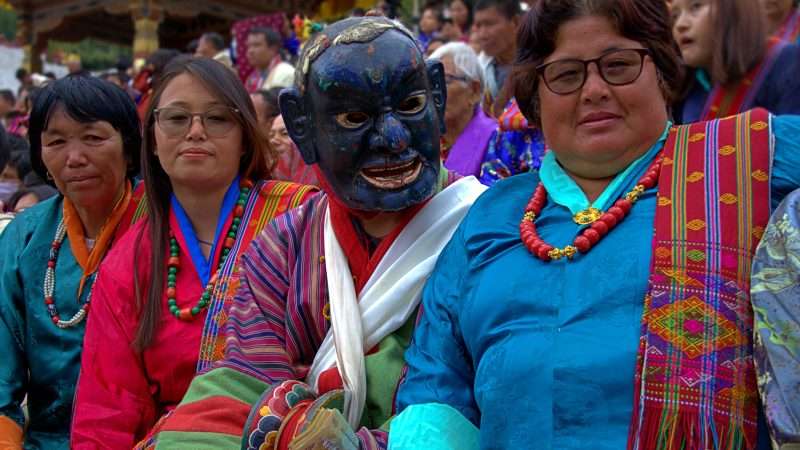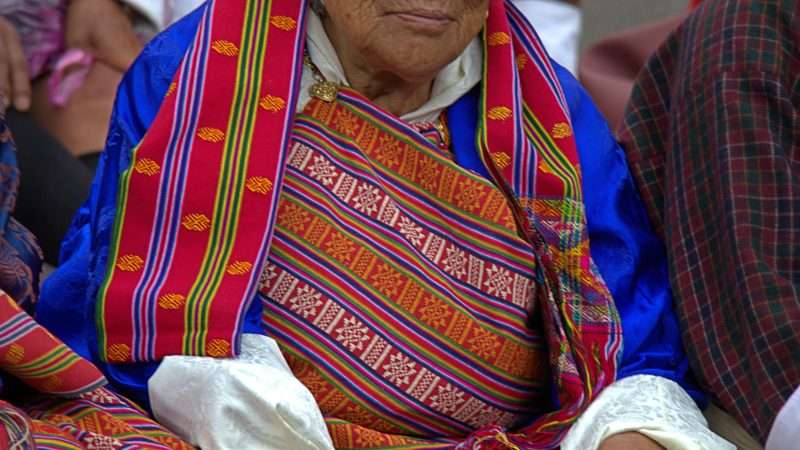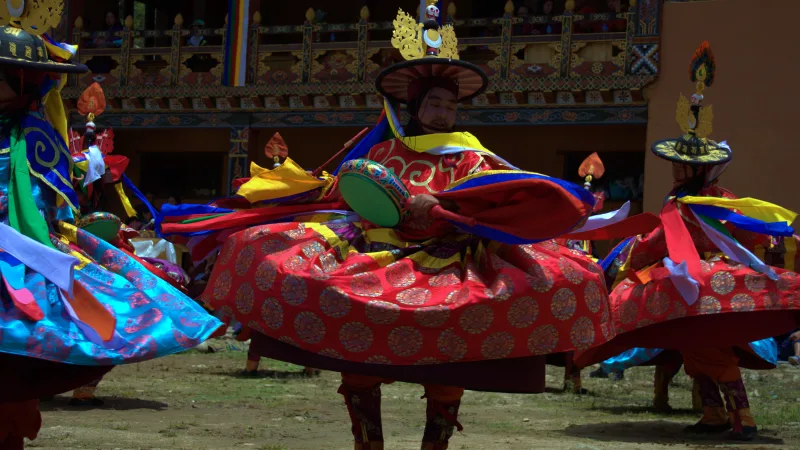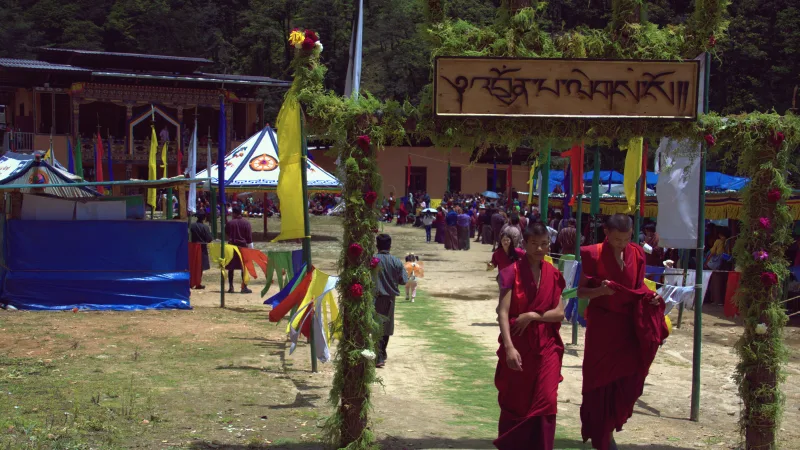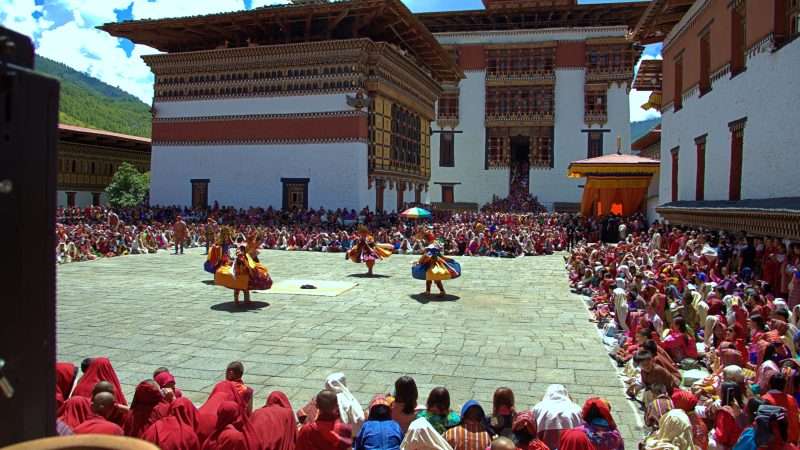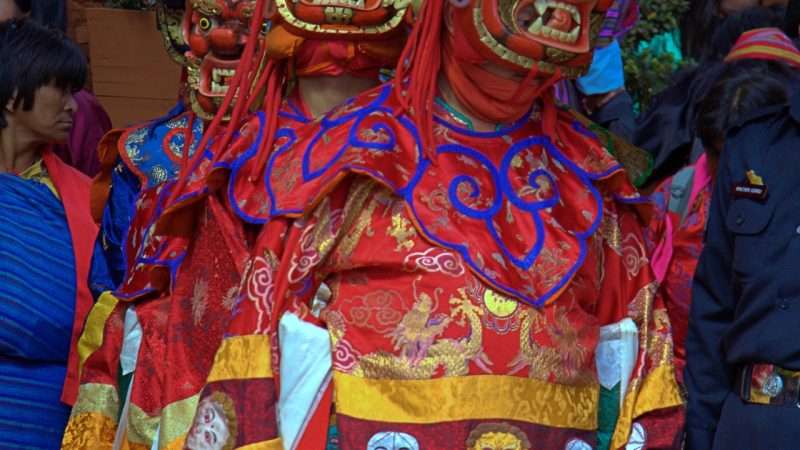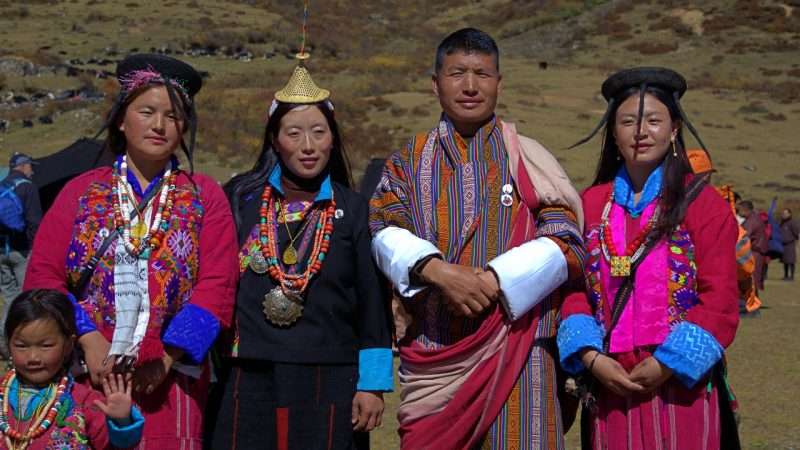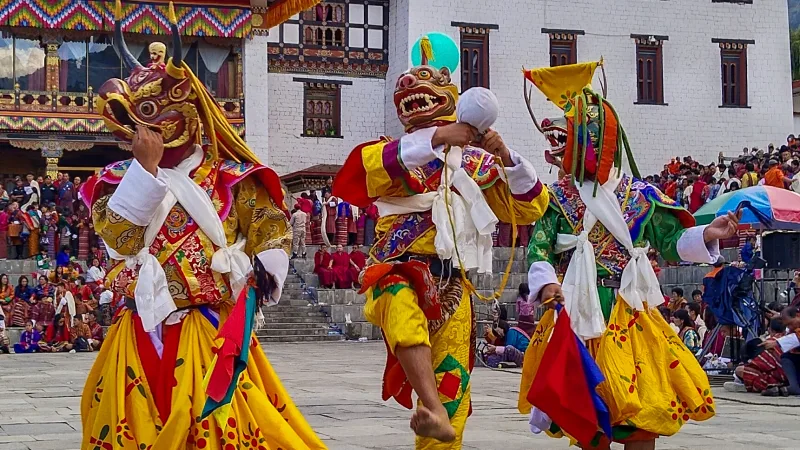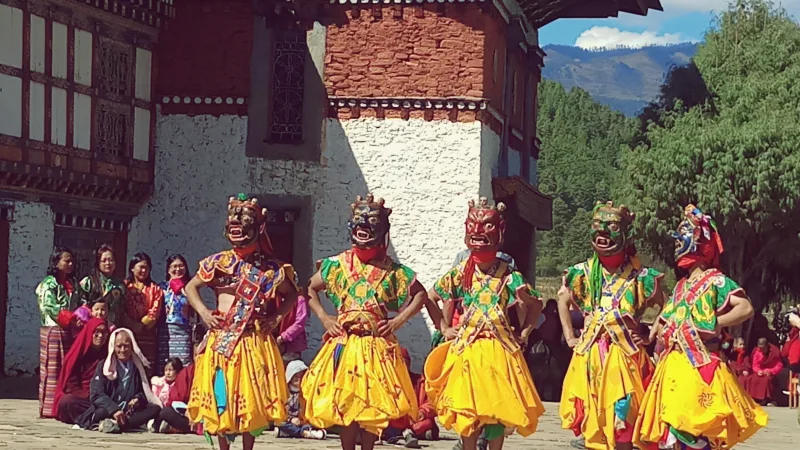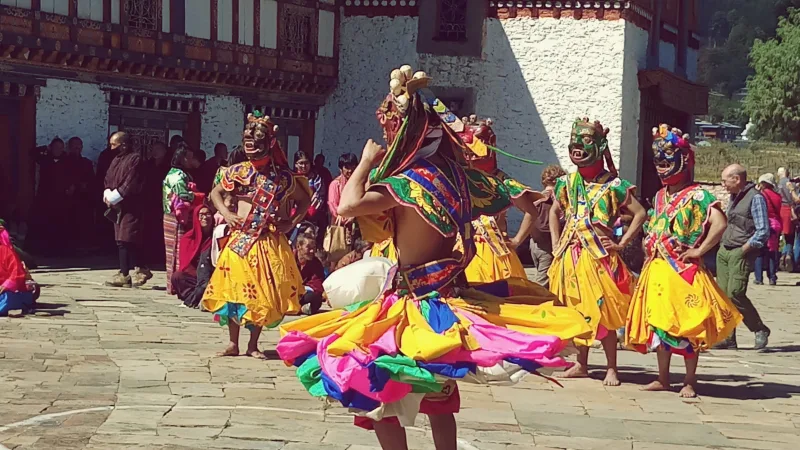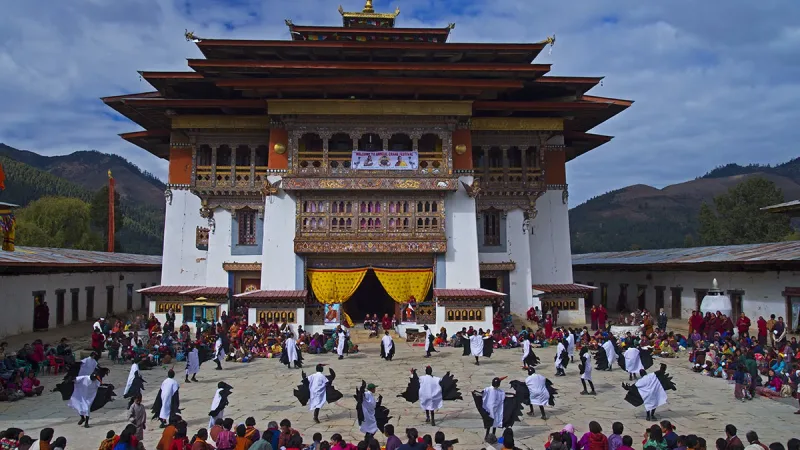Our Classes
Festivals in Bhutan
One of the most captivating ways to experience Bhutanese culture is by attending its vibrant and spiritually rich festivals, known locally as Tshechus. Held throughout the year in various regions, these festivals are not only religious events but also social gatherings that bring entire communities together. Bhutanese festivals are deeply spiritual and primarily associated with the teachings of Guru Padmasambhava, the 8th-century Buddhist master who introduced Tantric Buddhism to Bhutan. The festivals are marked by masked dances (Cham), rituals performed by monks, and elaborate costumes that reflect both mythical and historical narratives.
Frequently Asked Questions
Tshechus are sacred religious festivals held annually in Bhutan to honor Guru Rinpoche, a tantric Buddhist master who brought Buddhism to the region. These festivals feature mask dances, rituals, and cultural performances, symbolizing the triumph of good over evil and offering blessings to attendees.
The most celebrated festivals in Bhutan include:
- Paro Tshechu
- Thimphu Tshechu
- Punakha Dromche and Tshechu
- Black-Necked Crane Festival
- Druk Wangyel Tshechu
- Rhododendron Festival
Bhutanese festivals combine spirituality, art, and community. The mask dances and rituals are deeply symbolic, with origins in ancient Buddhist teachings. Festivals also emphasize community bonding, where locals and visitors celebrate together, often in stunning natural settings.
Yes, booking in advance is highly recommended, especially for popular festivals. Flights and accommodations can fill up quickly during these peak times.
Yes, tourists are welcome to attend and participate in the festivities.
You can expect colorful mask dances, traditional music, and vibrant costumes. Monks and laypeople perform rituals, and locals gather to socialize, eat, and celebrate. The atmosphere is lively, spiritual, and welcoming.
Photography is generally allowed, but avoid using flash and respect any restrictions on photographing sacred dances or rituals.


